What is Polygon (POL)? The Blockchain Foundation for Global Payments and Real-World Assets
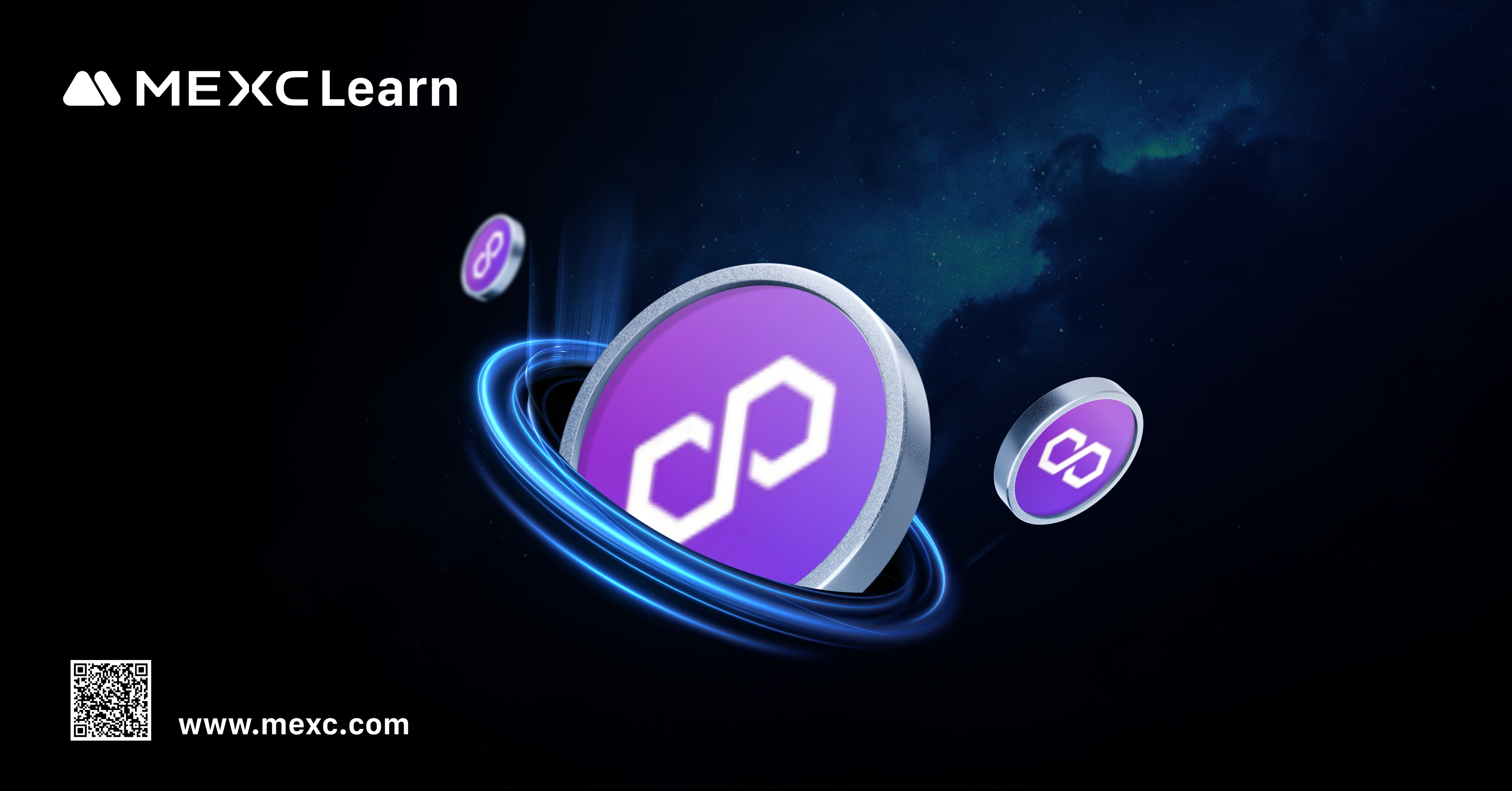
1. What is Polygon?
- High Performance: Capable of large-scale parallel processing with TPS in the millions.
- Low Cost: Transaction fees are far lower than on Ethereum mainnet.
- Security: Shares Ethereum's security, protecting assets and applications.
2. Polygon Core Technology and Mechanisms
2.1 Layer-2 Architecture
2.2 Consensus Mechanism and Token Role
2.3 Cross-Chain Bridge Transparency Research
3. POL Token Upgrade and Significance
3.1 Background
3.2 Upgrade Process
- 1:1 swap: MATIC holders receive POL at a 1:1 ratio.
- Automatic migration: Users on Polygon PoS do not need to take any action. Migration on Ethereum and other networks can be completed through the official Polygon portal or exchanges.
3.3 POL's New Positioning: The Third-Generation "Hyperproductive" Token
- Cross-chain staking and validation: POL secures not only the Polygon PoS network but also multiple chains (including AggLayer sovereign chains), generating diversified rewards.
- Expanded utility and incentives: Used for transaction fees, validator incentives, and more, increasing its utility and earning potential.
- Governance and community empowerment: Holders participate in governance and network evolution. A community treasury supports ecosystem growth.
- Sustainable tokenomics: Staking rewards, token burns, and ecosystem airdrops balance long-term value and enhance participation.
4. Polygon's Technology Roadmap
- Faster transactions: Transactions finalize in under 5 seconds.
- Improved payment efficiency: Stablecoins can be used for daily payments.
- Optimized asset settlement: Tokenized asset settlements match traditional finance speeds.
5. Polygon's Growth: Milestones and Ecosystem Expansion
6. Conclusion
Popular Articles
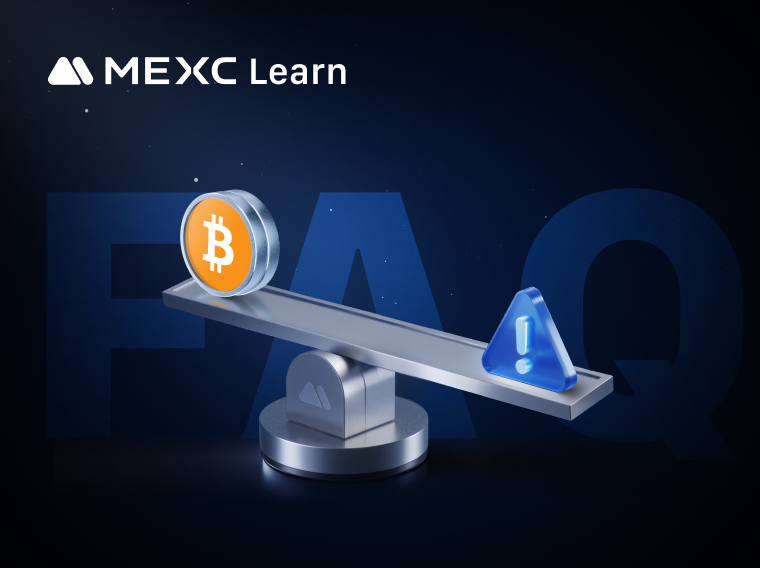
Understanding Liquidation Risk: FAQs and Protection Tips
On MEXC, users can trade either USDT-M Perpetual Futures, with leverage up to 500x, or Coin-M Perpetual Futures, with leverage up to 200x. While high leverage offers the potential for significantly am
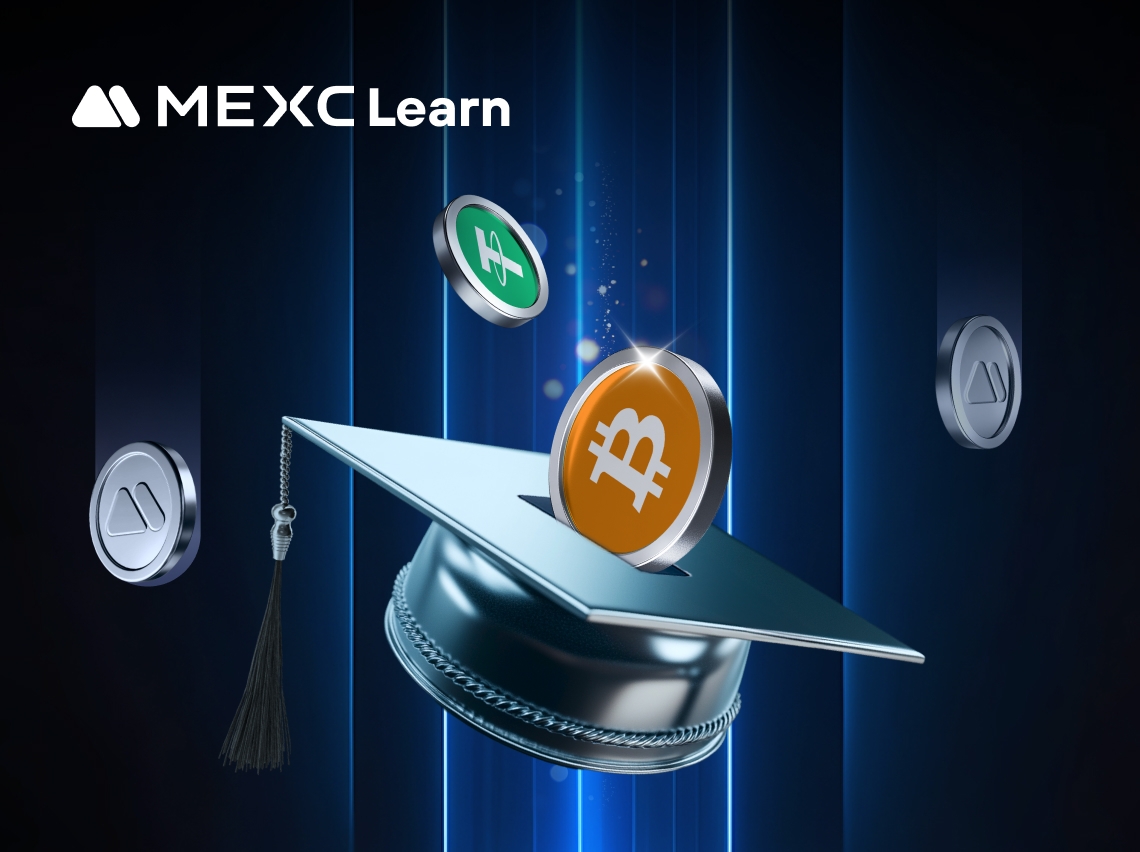
On What Date Was the First Block of the Ethereum Blockchain Mined?
If you've ever wondered about Ethereum's beginning, you're asking the right question. The story of when Ethereum's first block was mined marks one of the most significant moments in cryptocurrency his
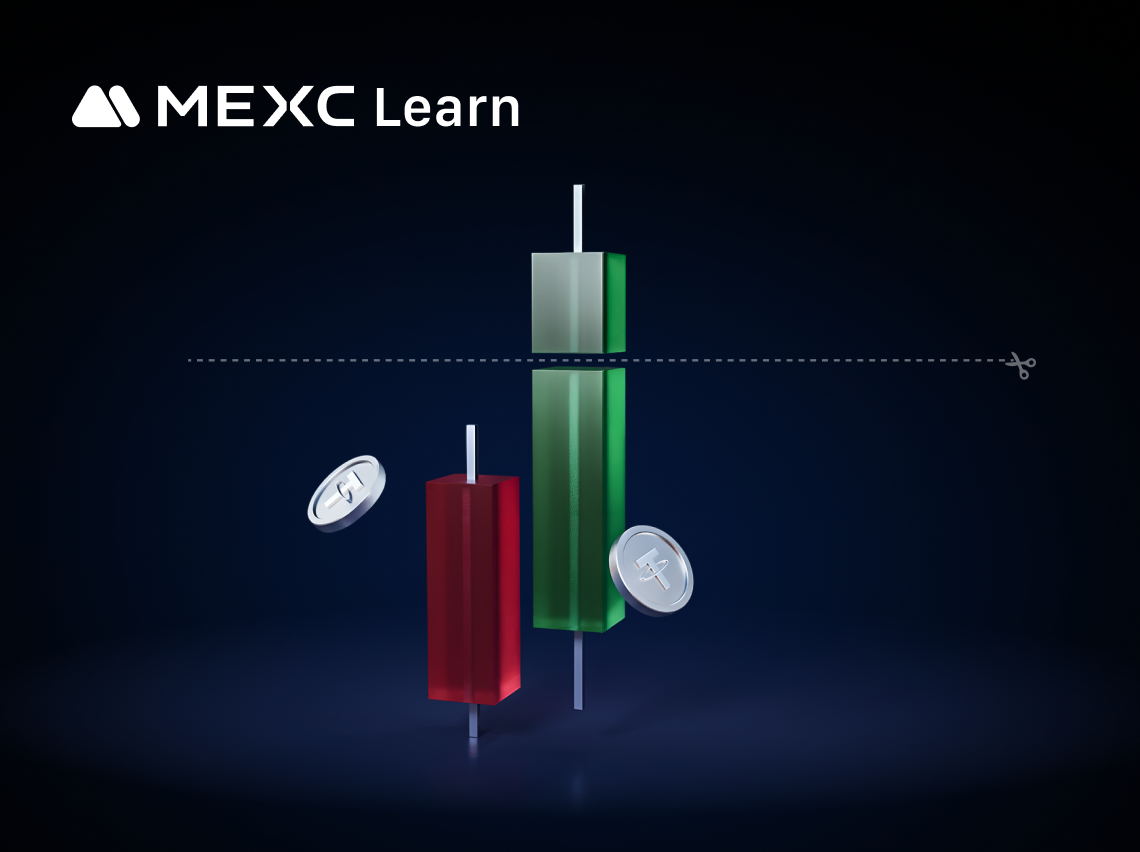
MEXC Advanced Futures Trading Strategies: Take Profit to Lock in Gains
When trading futures, successfully opening a position is only half the battle. The key to determining the success of a trade lies in closing it effectively: locking floating profits on the books into
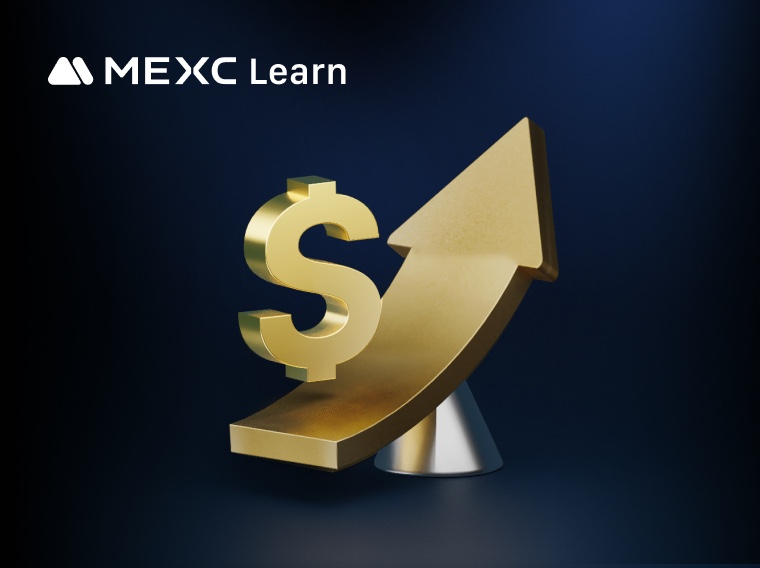
Maximize Profits or Face Liquidation? Mastering the Core Mechanics of Futures Leverage for Optimal Capital Efficiency
In the cryptocurrency and derivatives markets, leveraged futures trading is a powerful yet high-risk instrument. By enabling traders to control substantial positions with relatively small amounts of c
Hot Crypto Updates
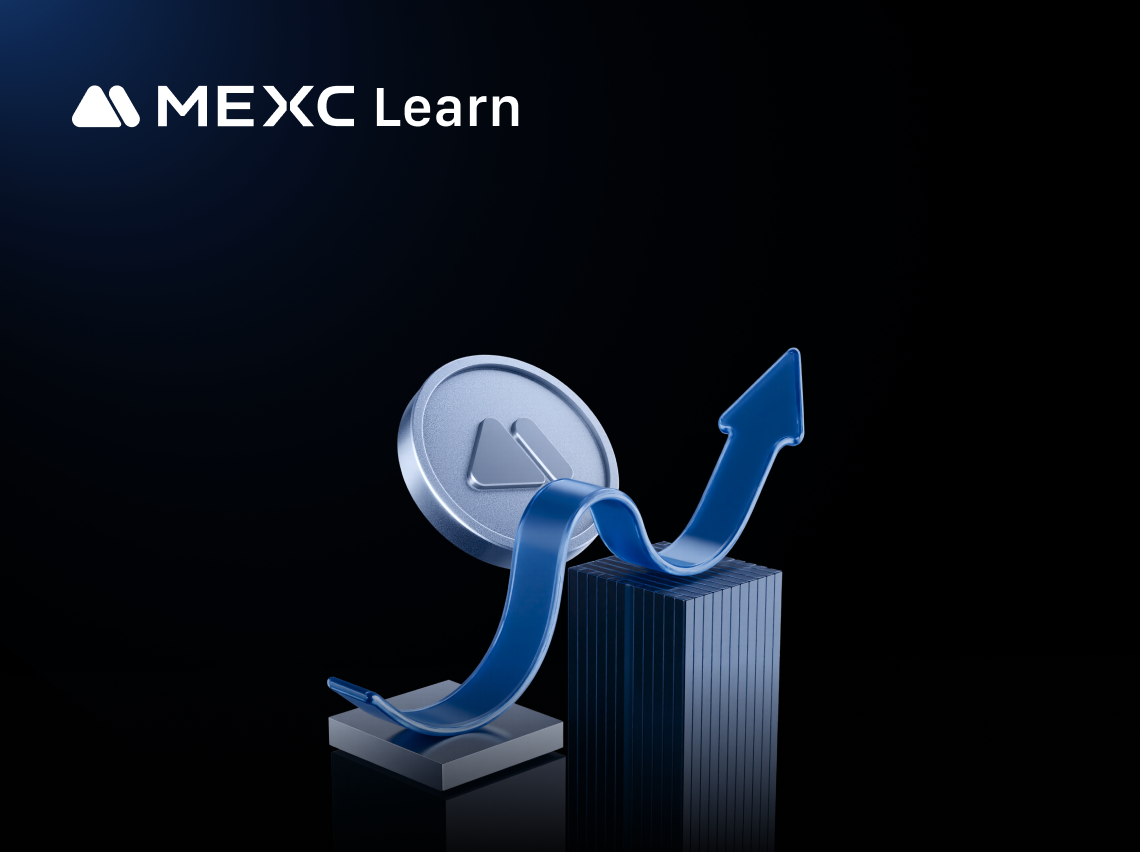
Is Anoma (XAN) Legal? Compliance Guide for Traders
Introduction to Anoma (XAN)'s Legal ClassificationAnoma (XAN) is an innovative cryptocurrency operating in the global digital finance sector, designed as an intent-centric decentralized operating syst
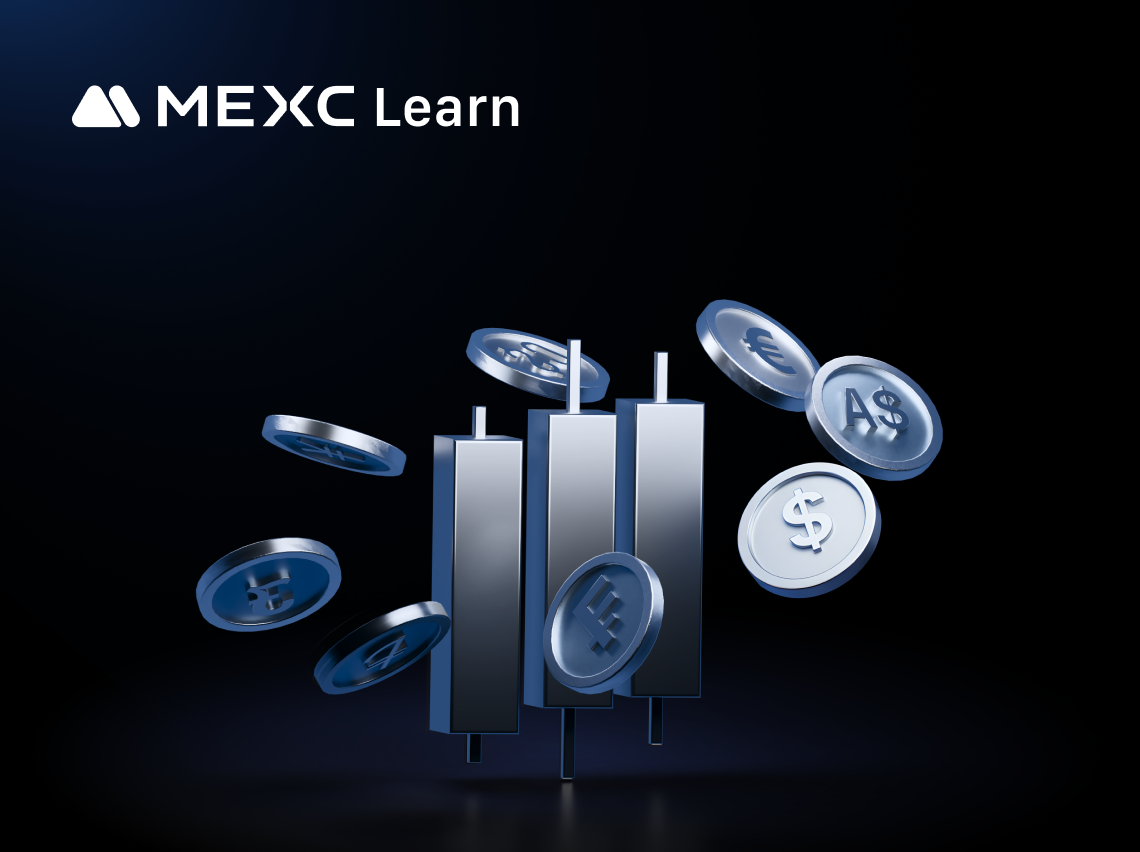
How to Select an Anoma (XAN) Trading Platform with Low Fees
Introduction to Trading Fee Structures for Anoma (XAN)When trading Anoma (XAN) or any cryptocurrency, fees can significantly impact your overall returns, especially for active traders who make frequen
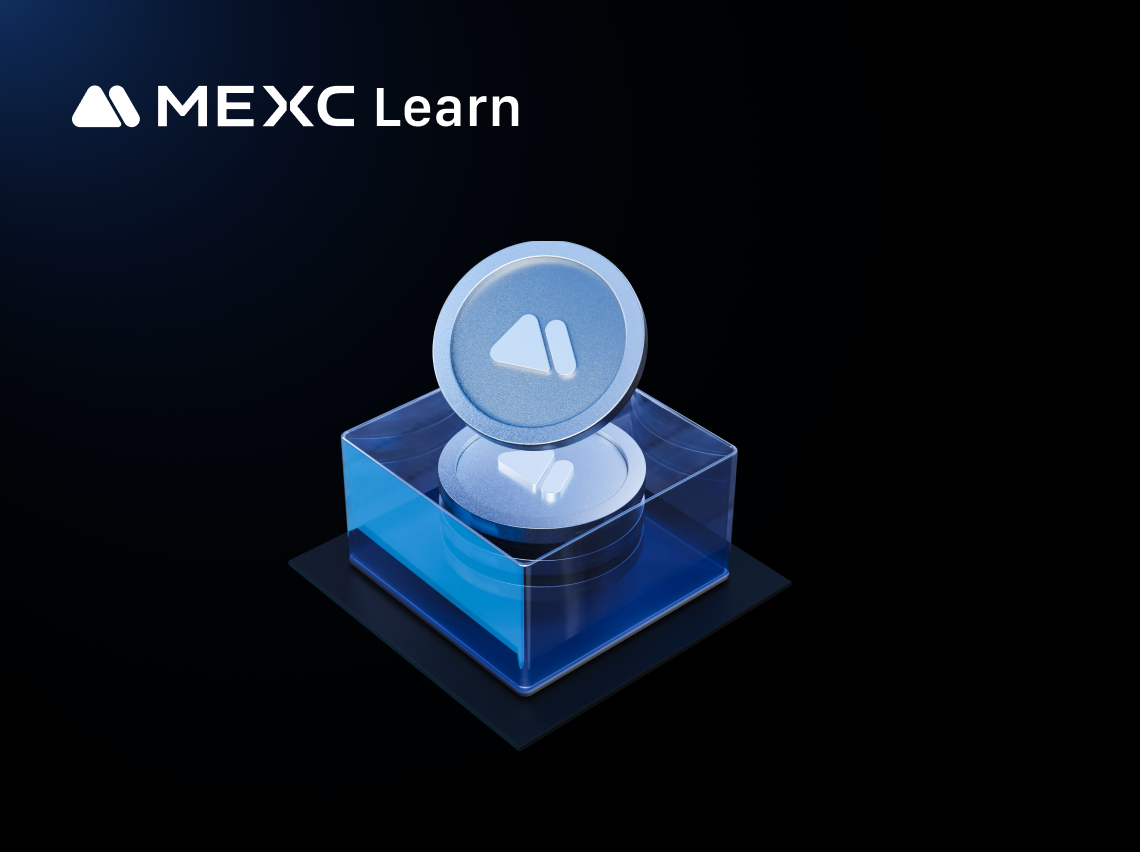
Anoma (XAN) Derivatives 101: Beginner's Guide
Understanding Anoma (XAN) DerivativesAnoma (XAN) derivatives are financial contracts that derive their value from the underlying Anoma cryptocurrency without requiring ownership of the actual XAN toke
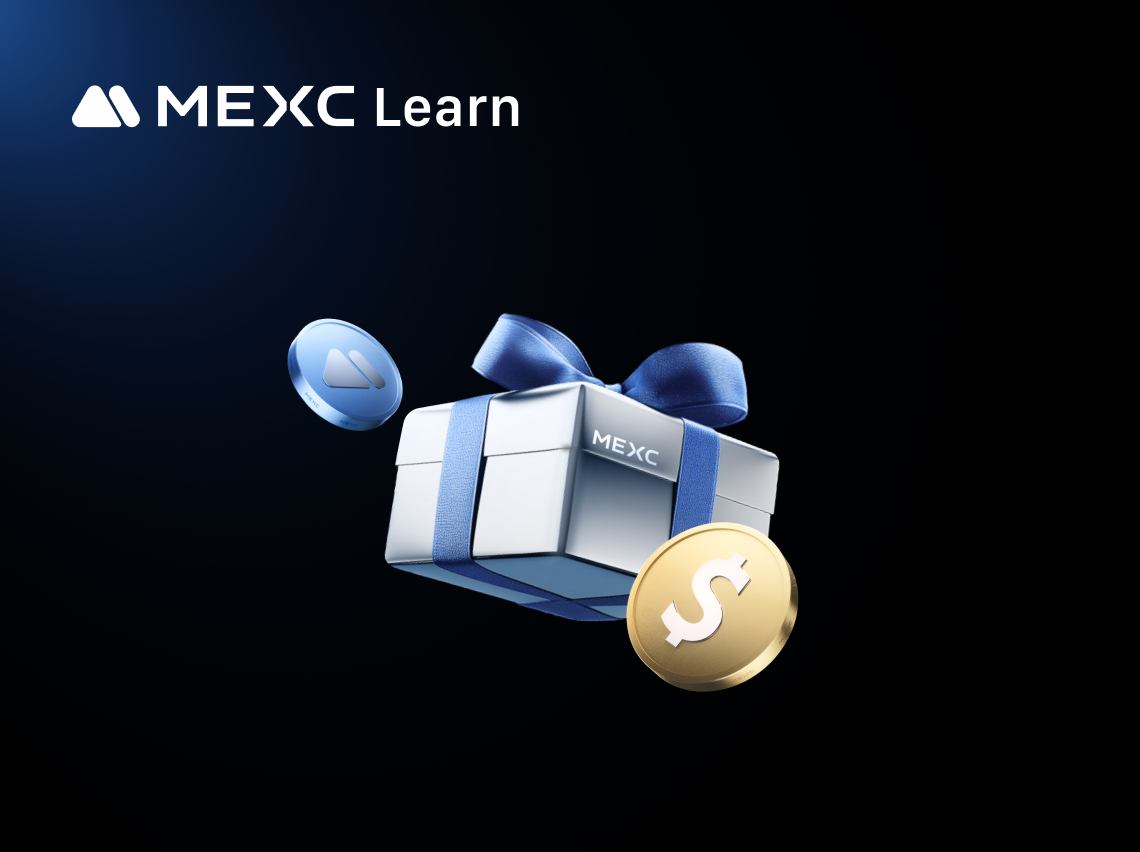
Anoma (XAN) Futures Trading: Risks and Rewards
Introduction to Anoma (XAN) Futures TradingAnoma (XAN) futures contracts allow traders to buy or sell XAN at a predetermined price at a future date without owning the actual Anoma tokens. Unlike spot
Trending News

Is Doge Losing Steam As Traders Choose Pepeto For The Best Crypto Investment?
The post Is Doge Losing Steam As Traders Choose Pepeto For The Best Crypto Investment? appeared on BitcoinEthereumNews.com. Crypto News 17 September 2025 | 17:39 Is dogecoin really fading? As traders
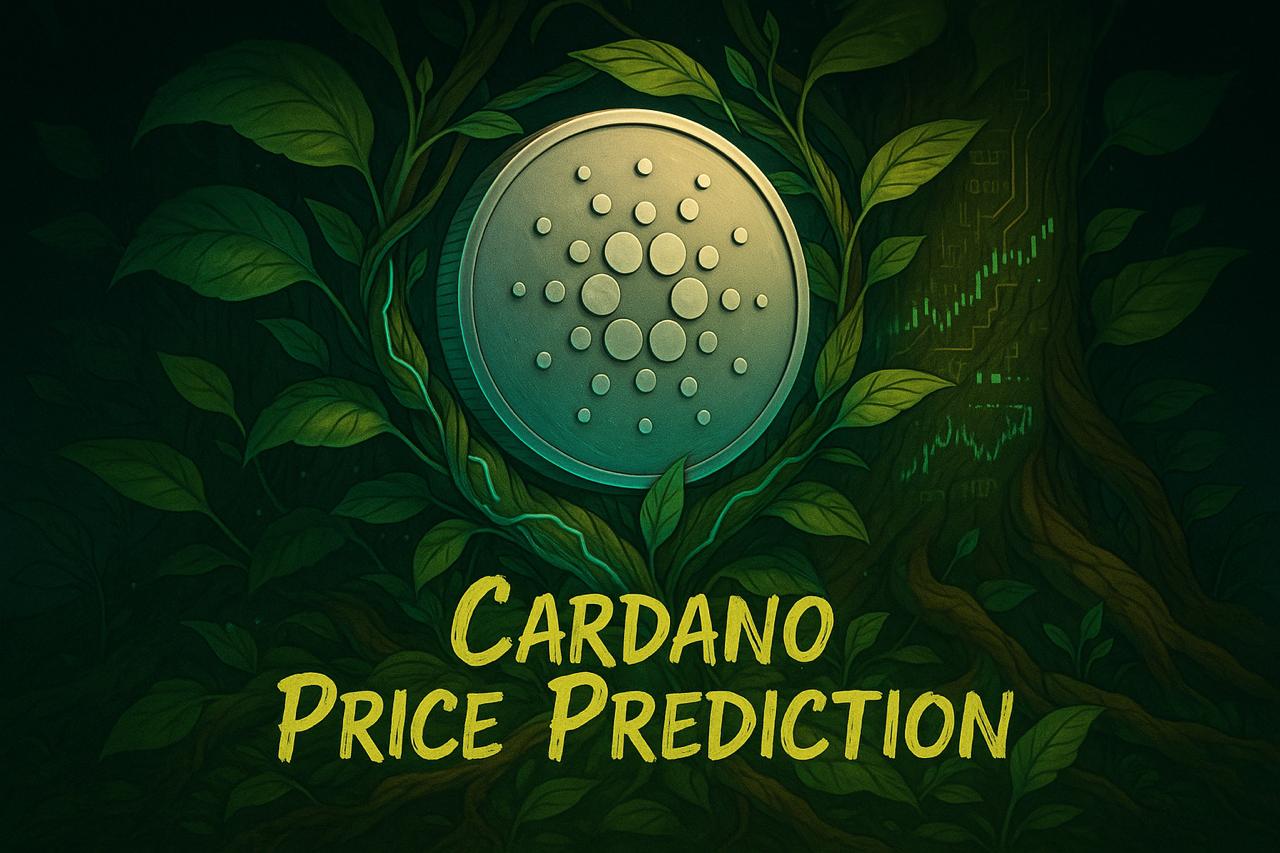
ADA Price Prediction: Here’s The Best Place To Make 50x Gains
But while Cardano holds steady, Remittix is turning into the breakout story of 2025. Having raised over $25.9 million from […] The post ADA Price Prediction: Here’s The Best Place To Make 50x Gains ap

CME Group to offer 24/7 coverage for crypto options and futures
CME Group announced plans to launch 24/7 trading for crypto futures and options, starting in early 2026. The markets are still waiting for regulatory approval.

Top Presale Crypto 2025: BlockDAG, BlockchainFX, LILPEPE & Snorter Ranked for Growth, Utility, and Scalable Performance
The presale space is crowded, and flashy promises alone no longer cut it. Builders and communities are now looking for projects that prove value with real networks, scalable infrastructure, and migrat
Related Articles

Understanding Liquidation Risk: FAQs and Protection Tips
On MEXC, users can trade either USDT-M Perpetual Futures, with leverage up to 500x, or Coin-M Perpetual Futures, with leverage up to 200x. While high leverage offers the potential for significantly am

On What Date Was the First Block of the Ethereum Blockchain Mined?
If you've ever wondered about Ethereum's beginning, you're asking the right question. The story of when Ethereum's first block was mined marks one of the most significant moments in cryptocurrency his

MEXC Advanced Futures Trading Strategies: Take Profit to Lock in Gains
When trading futures, successfully opening a position is only half the battle. The key to determining the success of a trade lies in closing it effectively: locking floating profits on the books into

Maximize Profits or Face Liquidation? Mastering the Core Mechanics of Futures Leverage for Optimal Capital Efficiency
In the cryptocurrency and derivatives markets, leveraged futures trading is a powerful yet high-risk instrument. By enabling traders to control substantial positions with relatively small amounts of c
